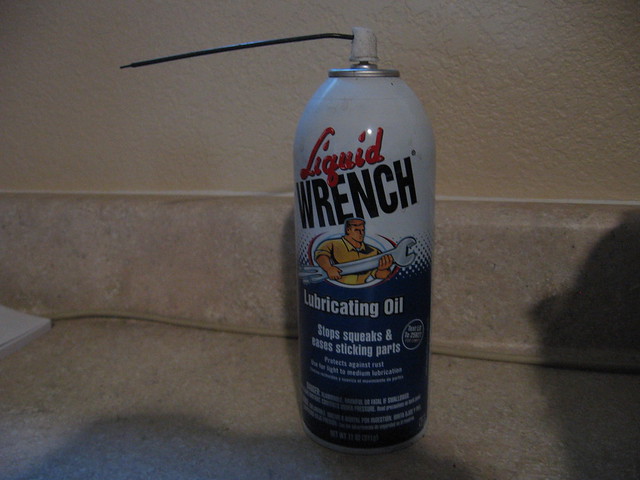Doing a "WD40 soak" means different things to different people, is not warranted at this point and often leads to recurring problems and/or a worst-case episode of slimy lubricant film under the hoods, i.e. hoods never the same.
Start by adjusting the cable a few clicks looser, per dave thompson's advice, as this is (very) most likely to solve the problem.
And be sure to follow up with setting the Hi-limit screw so that it is backed out about a quarter-turn from the top-gear lever position AFTER all cable adjustment is completed.
Only those symptoms that suddenly appear with the onset of cold weather, and after diagnosing proper cable tension, are indications of a shifter needing a flush or re-lubrication. When the levers still works well
when actuated very slowly for instance, flooding the shifter mechanism with a non-thickening lubricating oil from an aerosol can usually restores years of proper lever function, but one must position the bike or handlebar to a 30-degree downhill attitude to avoid lubricant immediately flowing between the hood and lever body, which is not a simple problem to remedy. I first place a pan or bucket under the lever before flooding the shifter innards, as much liquid will issue forth.
A suitable lubricant will be mostly oil, not solvent, and will remain in a penetrating state without thickening (as can TriFlow) before the pawl pivots are fully saturated with oil, which often takes considerable time. I use this:

Levers that are in a fully non-working state from many years of garage storage, no matter how slowly that the levers are moved, usually are best flooded first with Finish Line Citrus Degreaser, which is an aggressive petroleum-based aerosol product. This is then followed up immediately with a second flush using the Lubricating Oil, once the lever pawls are all free and responsive to rapid lever movements.
Possibly the OP's lever problem is gumming, and not a cable tension issue, though much less likely than a simple over-tight cable. The most common problem with damaged "worn-out" levers seems to be when an already-lubricated lever allows the big lever to follow the motion of the small lever, locking up the mechanism's movement. That is a failure of the anti-carryover latch tip at the inside pivot of the small lever, and is irreparable without disassembly and using a donor lever to source a newer small lever.
And again, if the hi-limit screw is perhaps interfering with the (lever and cable)'s full travel, the trim position may appear to be the hi position, leaving "no one home" when the hi-trim position is called for, as the derailer falls fully to the small-ring position.